Recent leaks about Samsung's upcoming Galaxy S26 series point to a generation focused on refinement, not revolution. Boring on paper. Useful in practice, because it clarifies the compact-phone question. Samsung still is not going small, which is exactly why grabbing a Galaxy S25 right now makes a lot of sense.
<<IMAGE_PLACEHOLDER:galaxy-s26-leaked-renders>>
Here is what Samsung appears to be planning for 2026. Based on current intelligence, Samsung's made it clear that it won't do anything too drastic, and getting people to upgrade from their Galaxy S23 Ultra is the only bar the company seems interested in reaching. Think measured tweaks across the lineup; no dramatic reset.
The biggest shakeup sits under the hood. Samsung hopes to go all in with its Exynos 2600 chipset in the Galaxy S26 lineup, a meaningful shift if it pans out. Supposedly, the company has resolved the low-yield issues it's had with its Exynos silicon in the past, which would let Samsung step away from Qualcomm reliance. Built on Samsung's 2nm process, the Exynos 2600 is said to offer 14% better CPU multi-core performance and up to 75% higher GPU performance compared to current generation chips. It is also speculated to be 30% faster than Qualcomm's flagship chipset, a rare shot at a clear performance lead.
What the S26 lineup actually offers compact phone fans
Samsung's S26 plan includes a few tweaks that will not cheer up small phone fans. The company is discontinuing the Galaxy S25 Edge, which occupied a weird spot in the lineup. At the same time, the base variant may get rebranded as the S26 Pro, a sign that Samsung wants the smallest model to feel premium, not entry level.
<<IMAGE_PLACEHOLDER:galaxy-s26-size-comparison>>
Here is the rub for compact diehards. Screen sizes are creeping up again. The Galaxy S26 Pro (base) will have a display size of 6.27 inches, up from the S25's 6.2 inches. On paper, tiny jump. In a jeans pocket, or when you are thumbing a notification on a packed train, it can be the difference between comfortable and clumsy. The Galaxy S26 Plus will have a 6.7-inch display, and the Galaxy S26 Ultra will have a 6.9-inch display, a clear tilt toward screen real estate over portability.
If the chipset promises land, everyone gets faster phones. The biggest winners will be power users who lean on on-device AI, the kind of workloads the Exynos 2600's NPU is built to accelerate. For people who just want a capable, one-hand-friendly phone, raw horsepower takes a back seat to size.
Why small phone fans should look elsewhere
Samsung's priorities tell the story. The Galaxy S26 Ultra could be the phone for hardcore users who want to enjoy the S pen and extra cameras with a larger battery. The smaller models feel tuned to hit price targets, not to delight people who actually prefer compact devices.
<<MAGE_PLACEHOLDER:compact-phone-alternatives>>
Look at the track record. Even when Samsung ships smaller phones, the cameras, battery life, and premium touches trail the Ultra. The S26 Pro might benefit from meaningful camera upgrades across the Galaxy S26 lineup, yet it will still sit behind the Ultra in the ways that shape day to day photos. Meanwhile, the competition is not asleep. Chinese brands are crafting compact phones that put the base Galaxy S models at a disadvantage in the market. Companies like Oppo and Vivo are releasing small flagships with serious specs, proof that compelling compact phones can be built. Samsung just does not prioritize that slice of the market.
The better alternative for compact flagship seekers
If you want Samsung's compact experience, the Galaxy S25 is the smarter buy than waiting. The Galaxy S25 is one of the only 6.2-inch flagships still around, and it already runs Samsung's powerful Snapdragon 8 Elite chipset, so you get flagship performance without the size creep.
<<IMAGE_PLACEHOLDER:galaxy-s25-compact-design>>
The S25's case gets stronger with software support. Sure, it is lacking in camera quality next to the Ultra, but it delivers speed and a genuinely compact footprint that is getting rare. More importantly, Samsung has committed to seven years of OS updates and security patches, a long runway that keeps the phone feeling fresh.
Timing helps too. The Galaxy S26 series will come with One UI 8 and Android 16 out of the box, and those updates are headed to the S25 through Samsung's extended program. You are not missing software. You are locking in what might be Samsung's last truly compact flagship before sizes inch up again.
Bottom line: timing matters for small phone buyers
The leaked S26 specs point to cautious evolution, not a renewed push for small phones. Samsung seems comfortable nudging displays larger while pushing most of the excitement into the Ultra and the new chipset. For anyone who values one-handed use, that is a step backward.
The Galaxy S26 Pro, new name and speed gains aside, gets bigger. Even if it adds perks like a larger battery capacity with Qi2 magnets and improved cameras, the tradeoff is simple, portability slips.
So do not wait for a miracle compact S26 that is not coming. The Galaxy S25 is the cleanest balance of size, performance, and features Samsung offers right now. Otherwise, accept that Samsung's flagship vision leans toward larger screens, and that the most interesting compact flagships may continue to come from the Chinese brands that treat small phone users like a priority, not an afterthought.





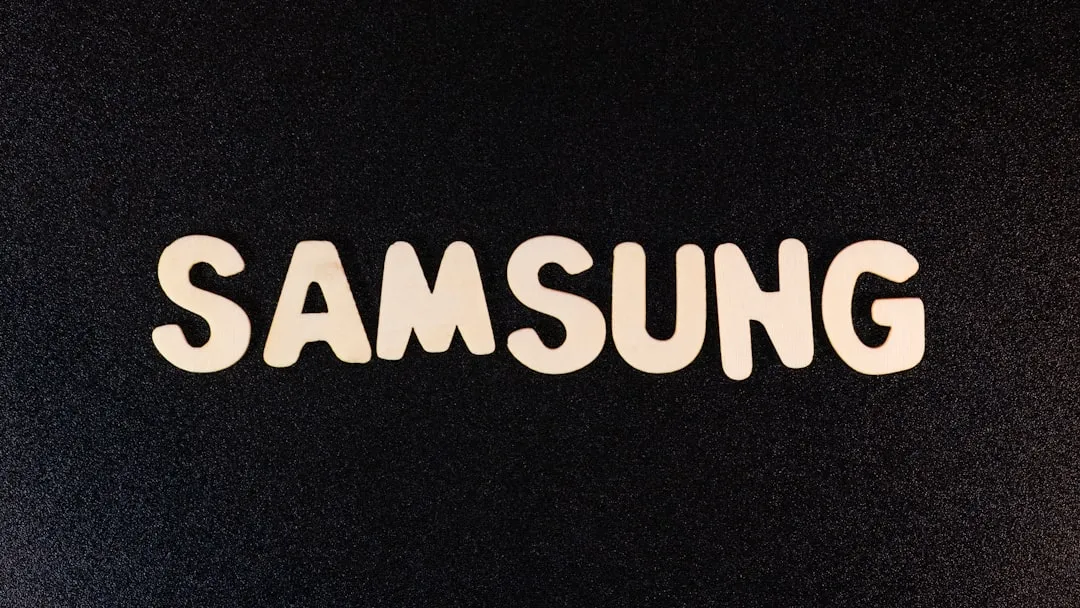
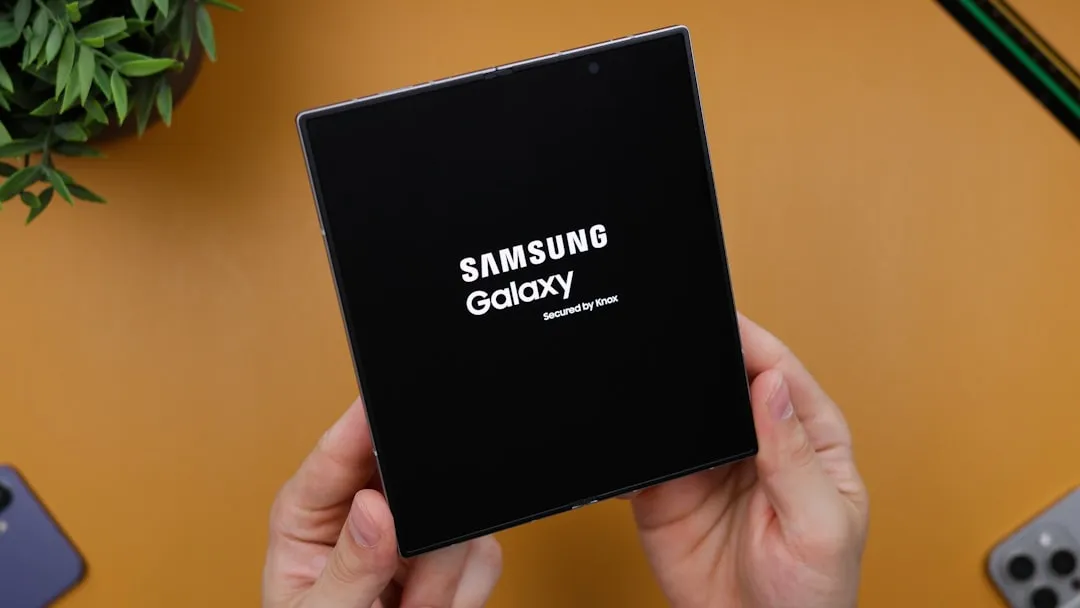
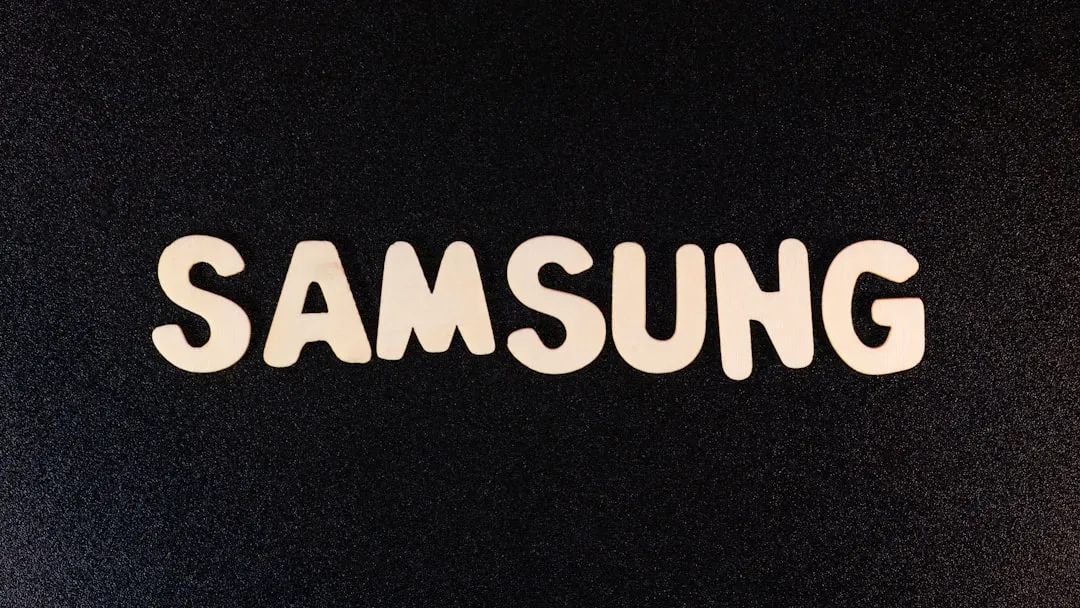
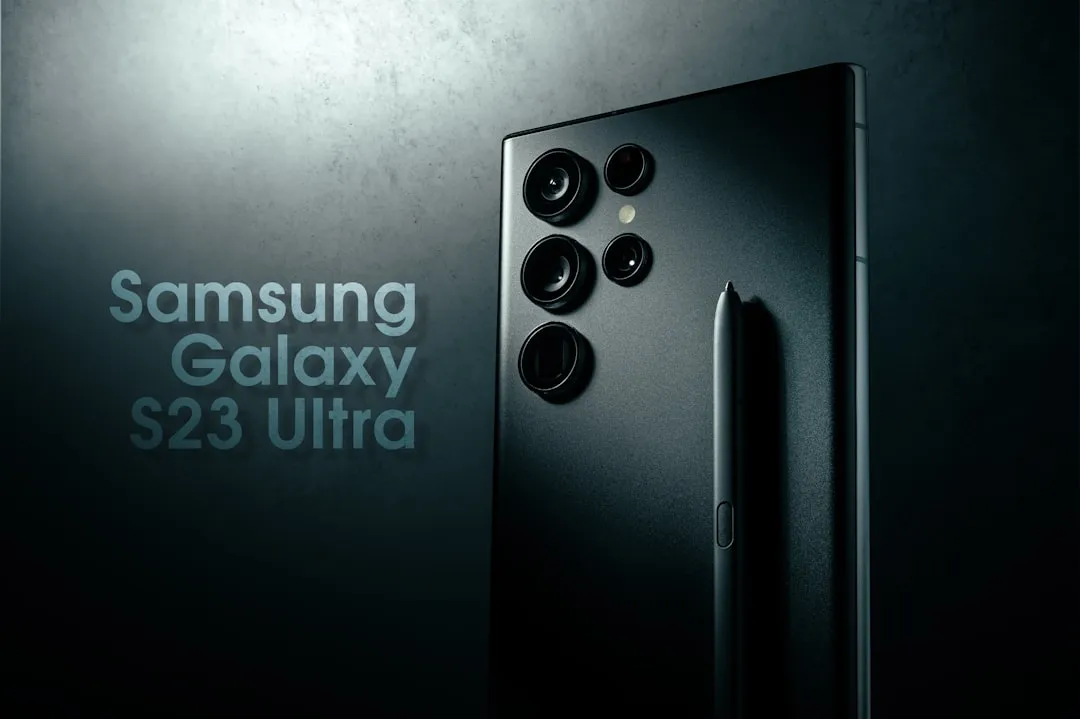
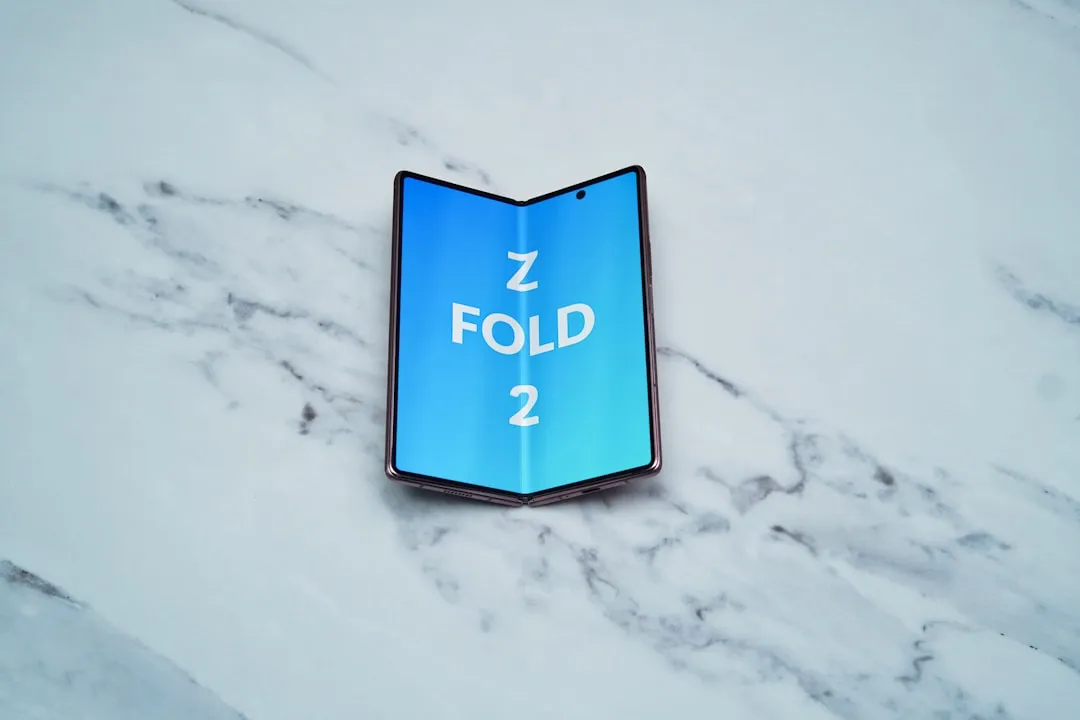



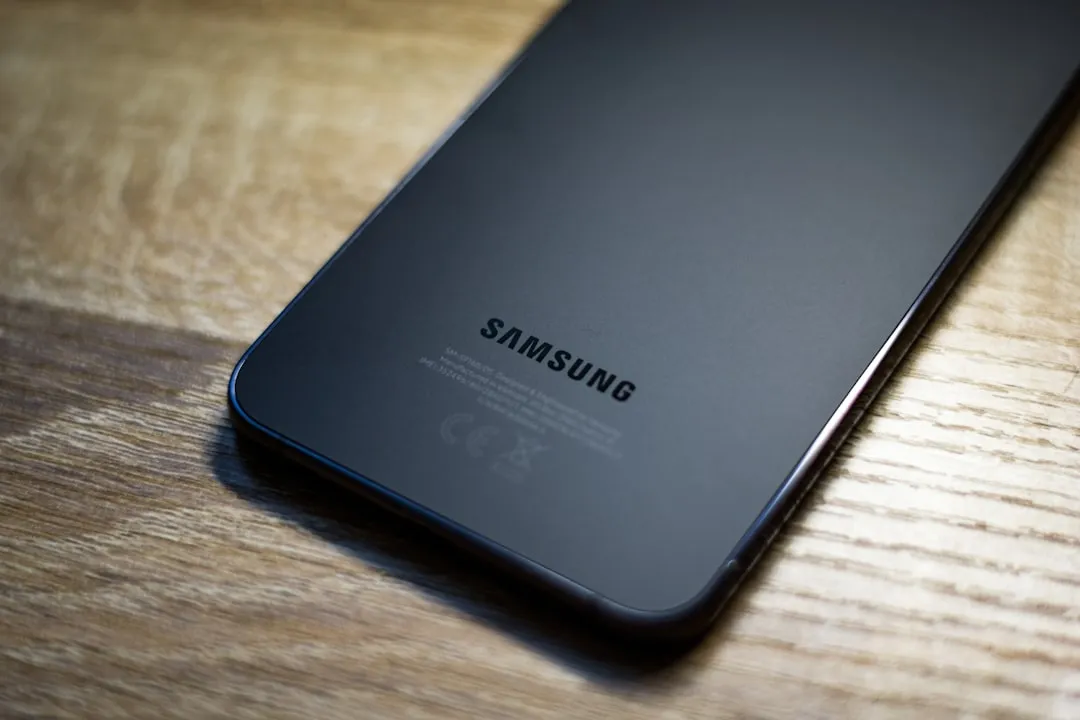
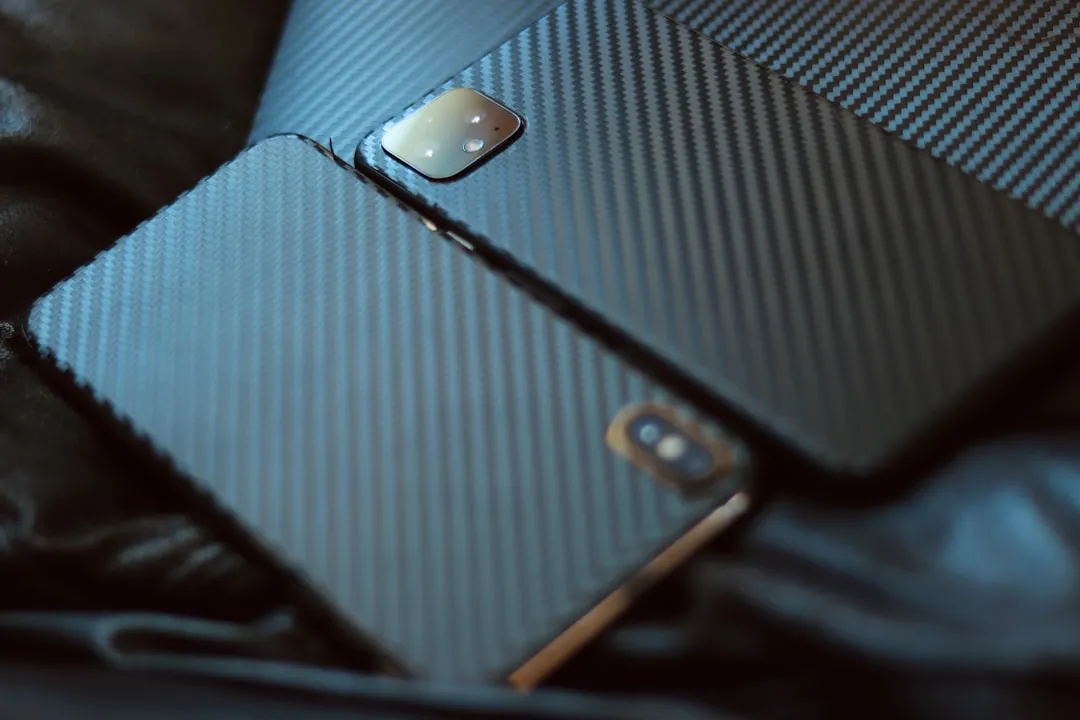
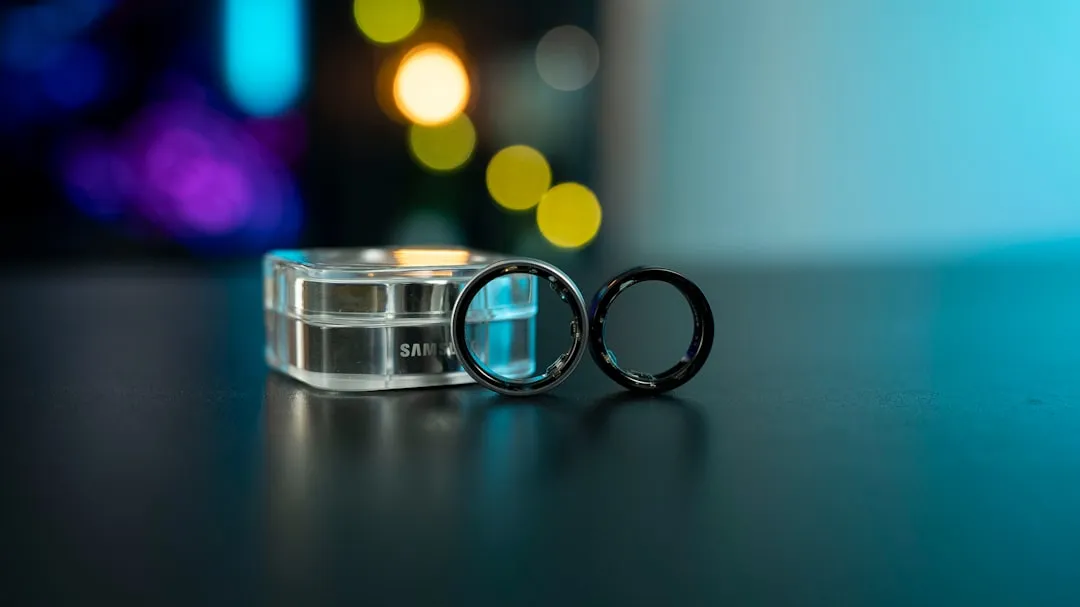

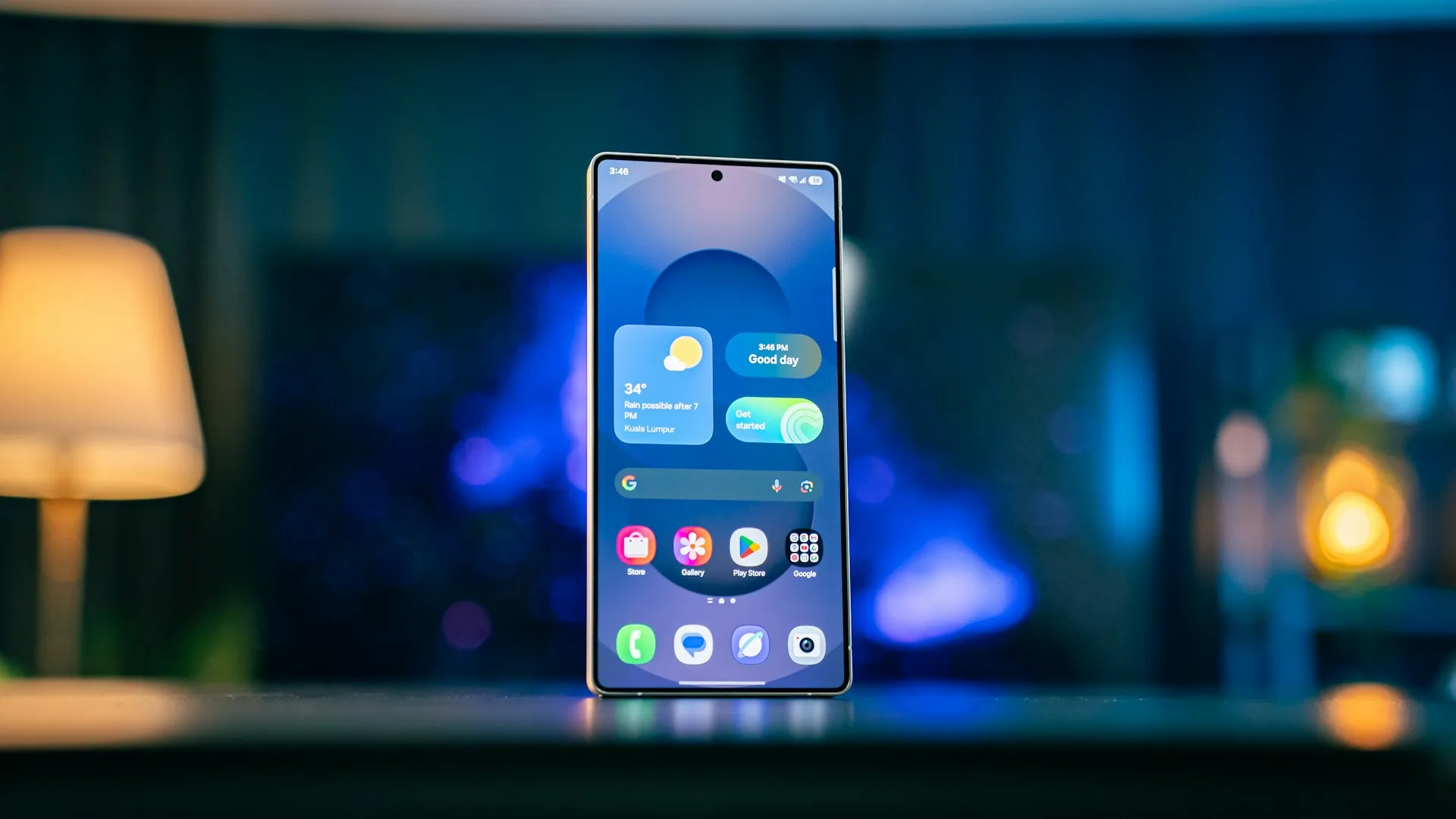
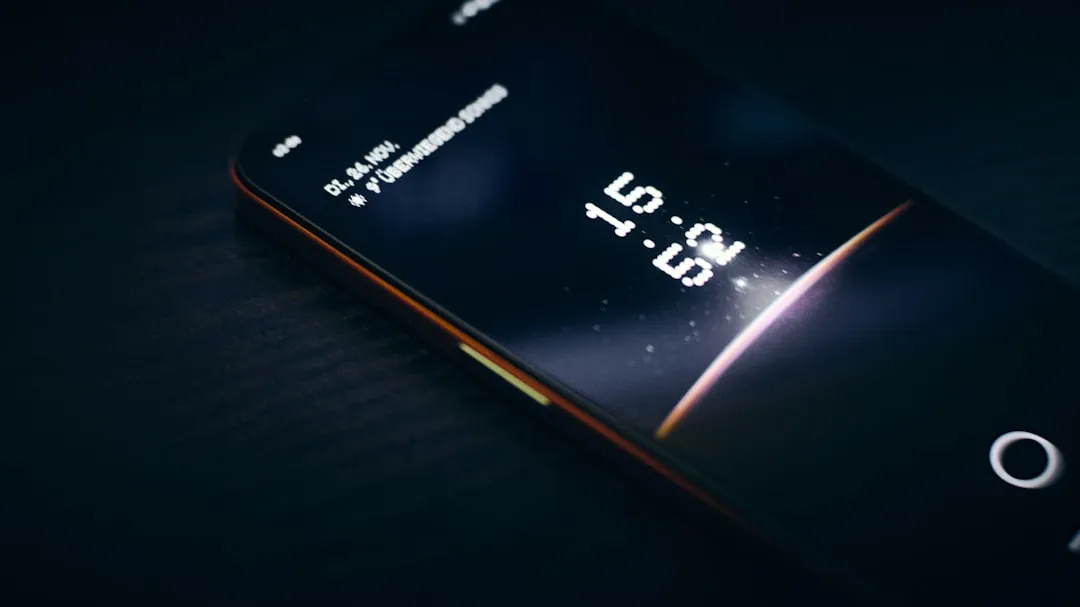
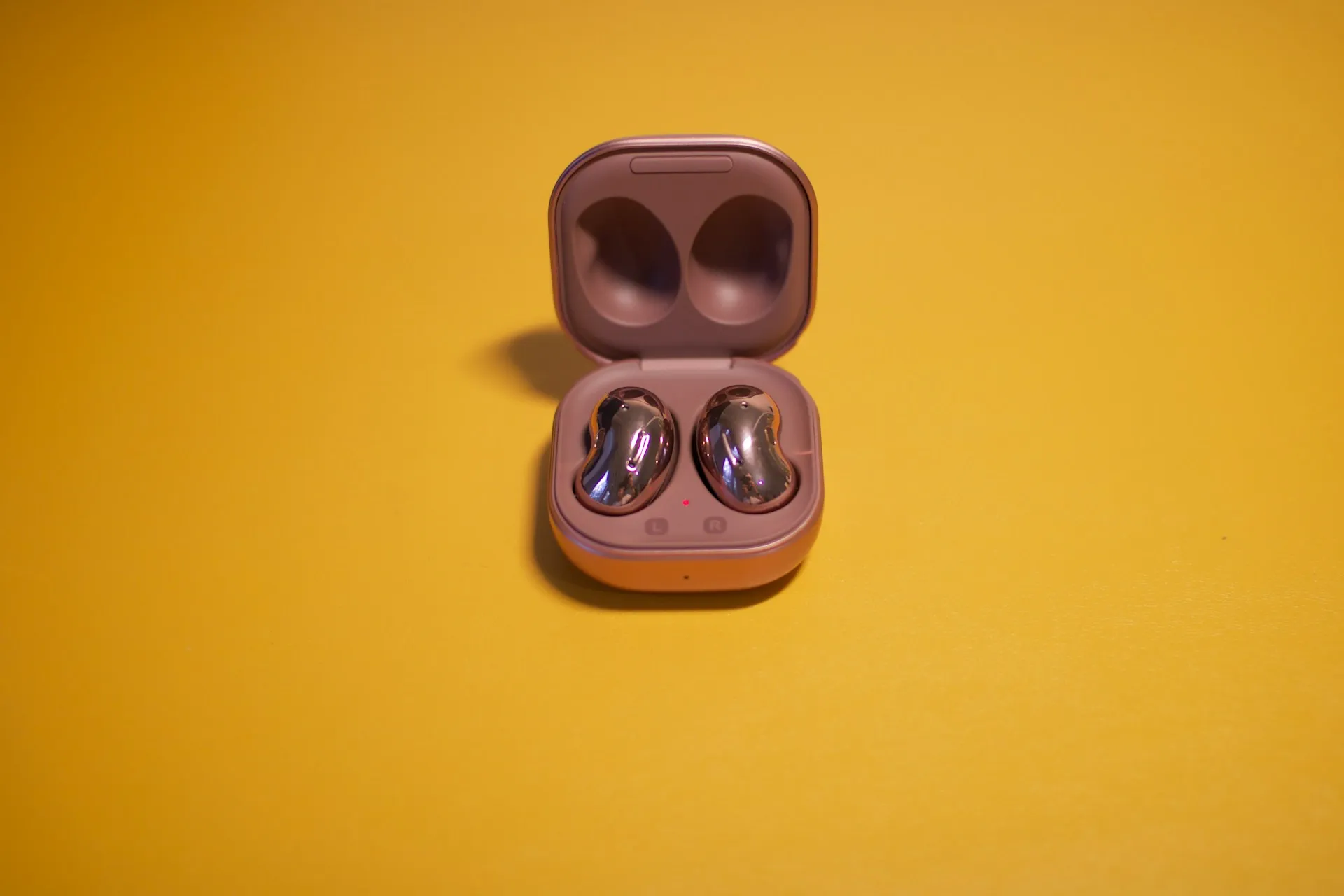
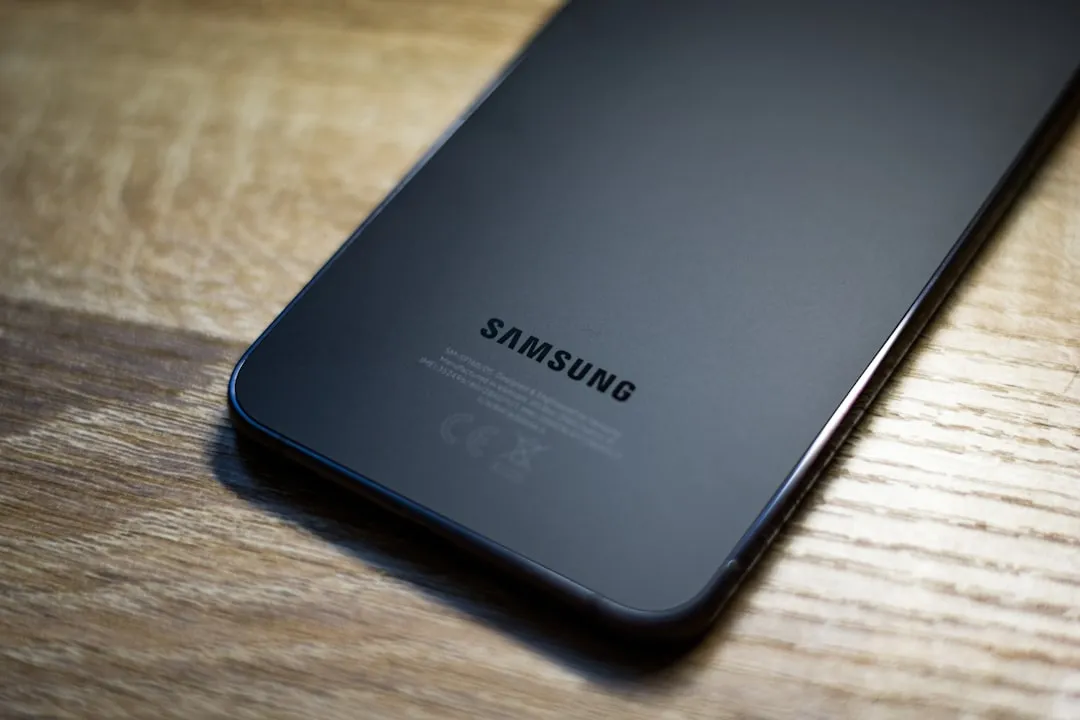
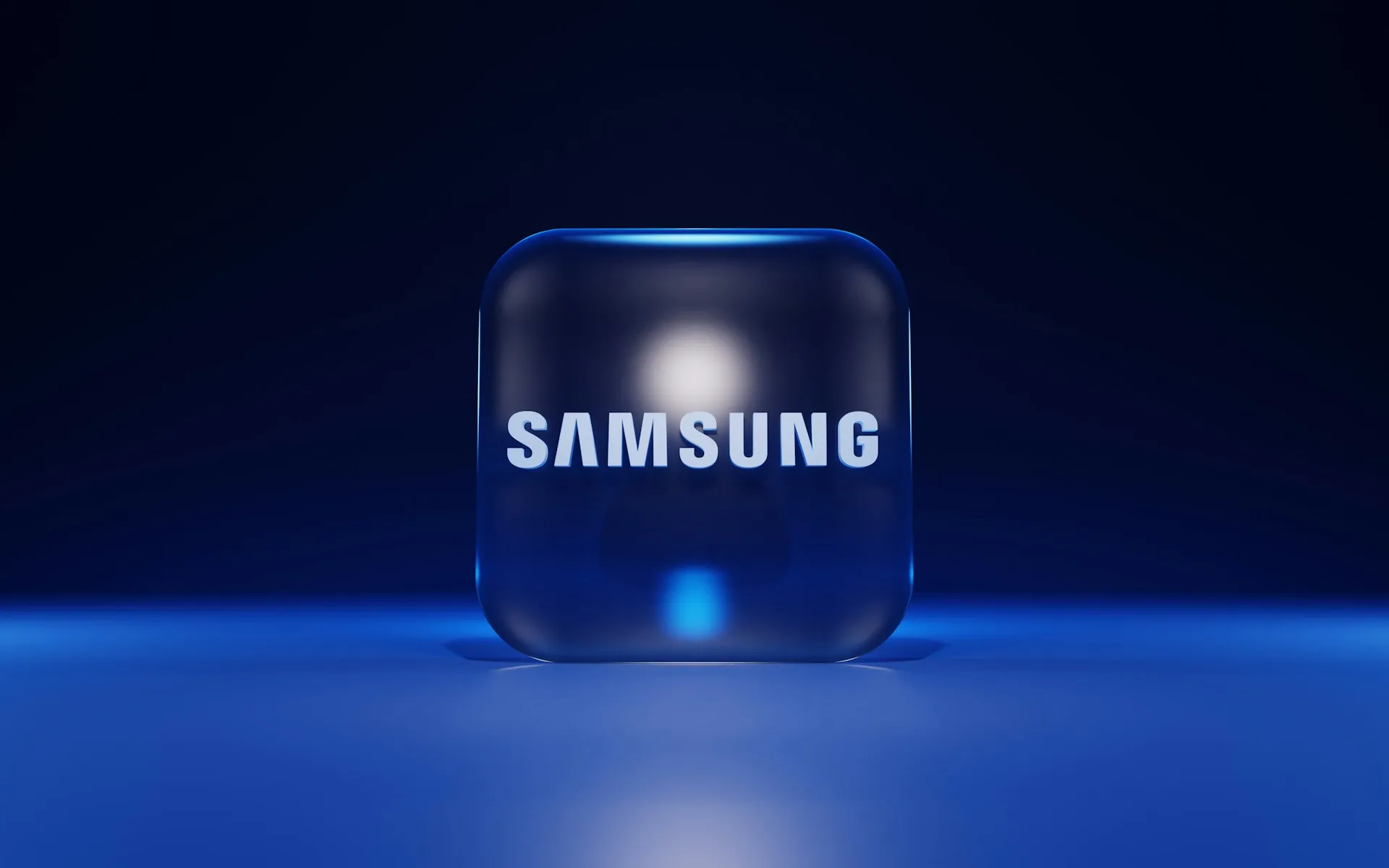

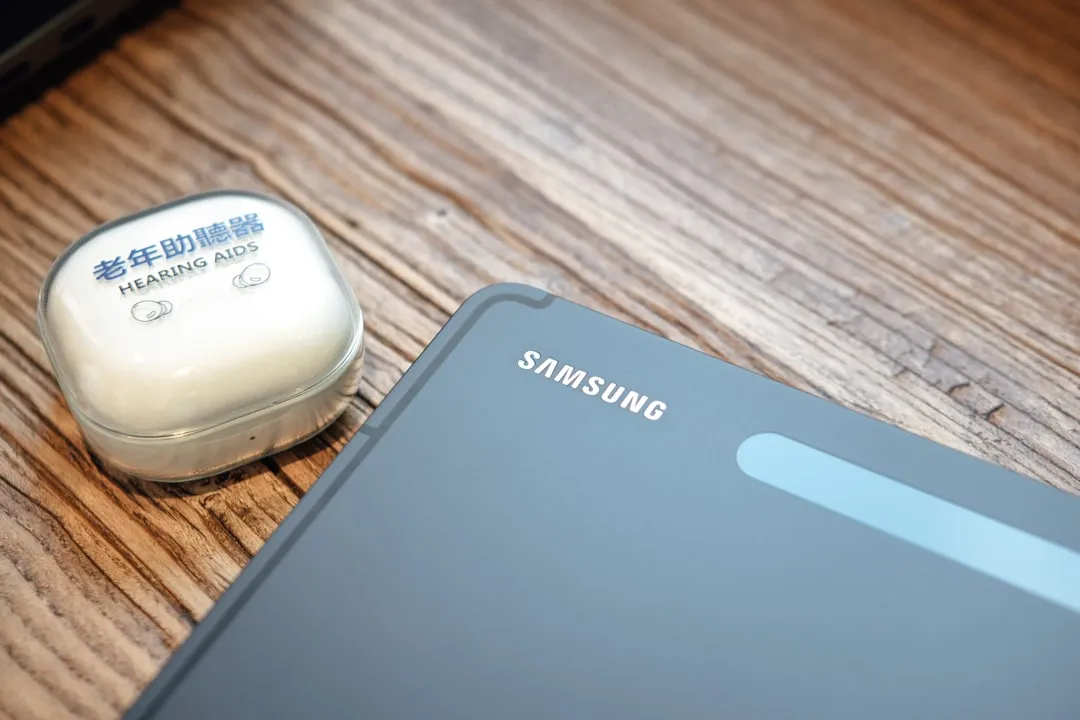

Comments
Be the first, drop a comment!